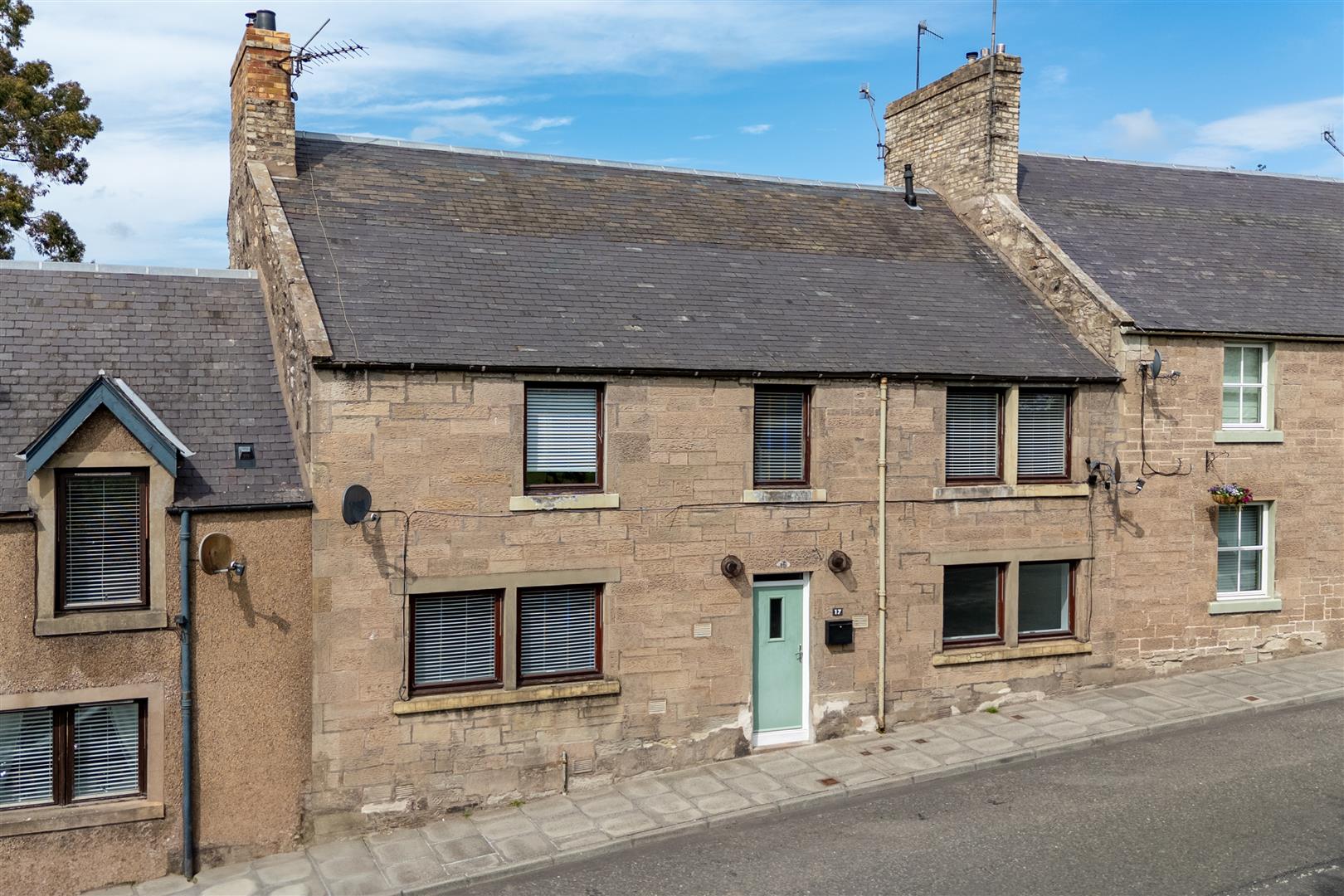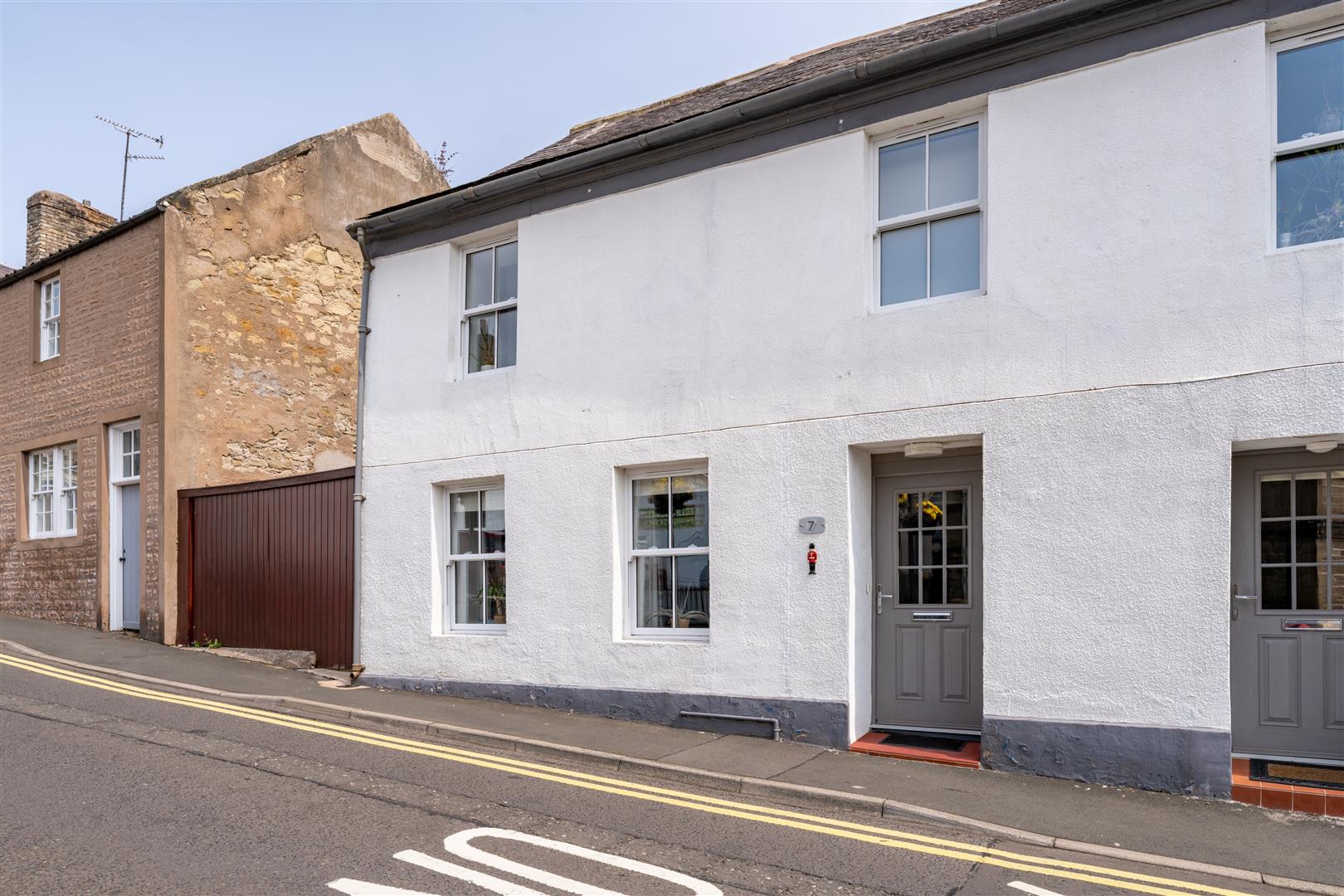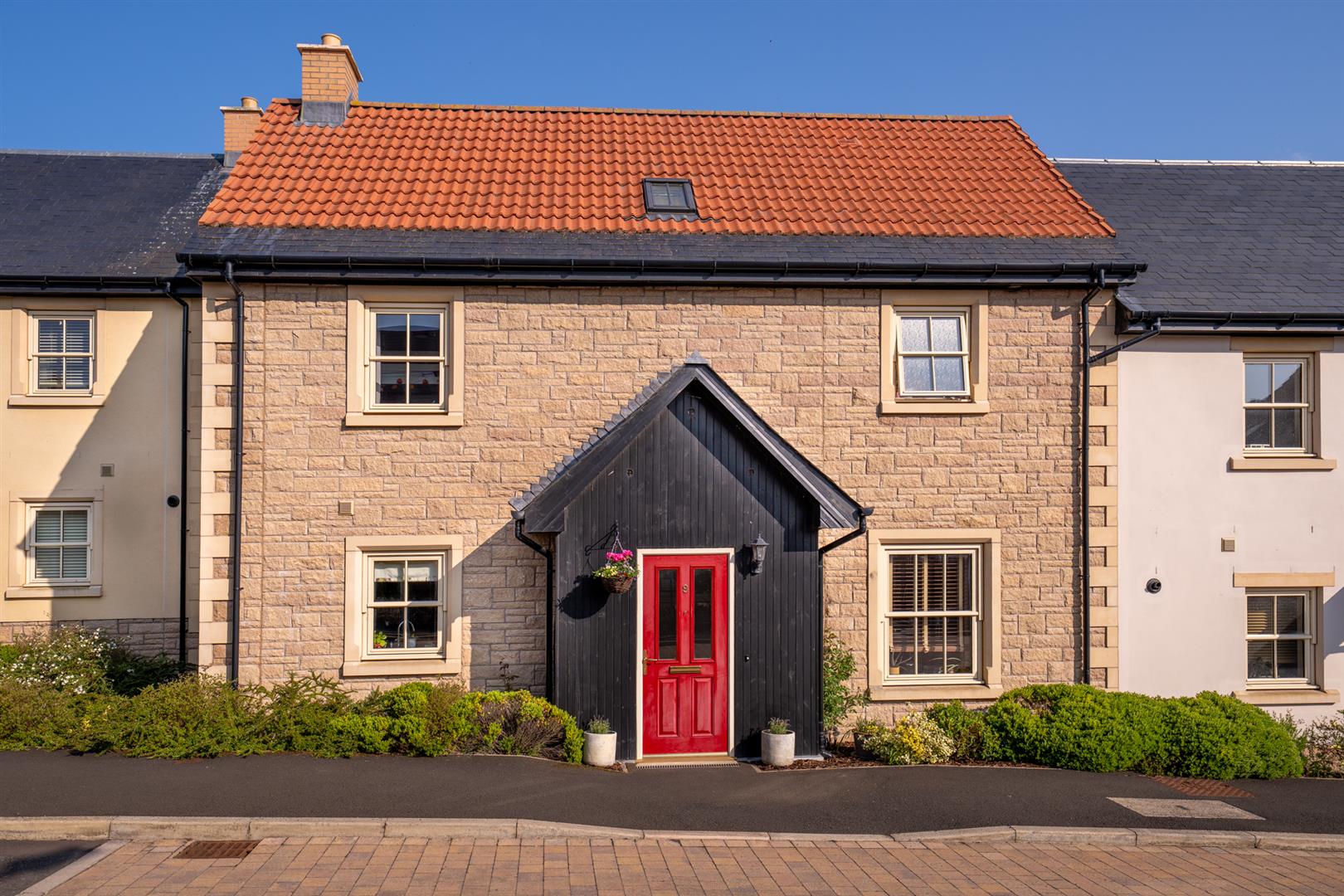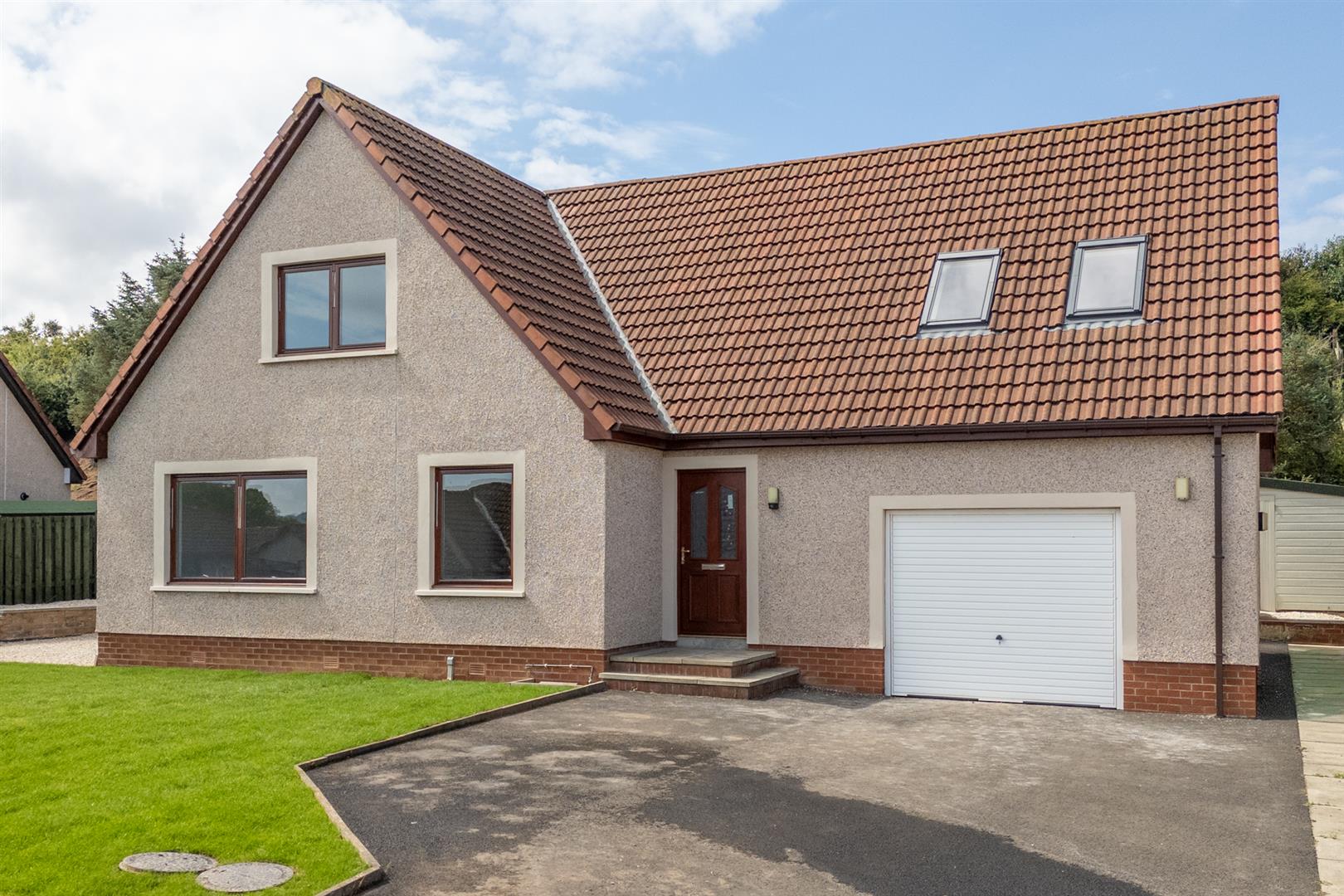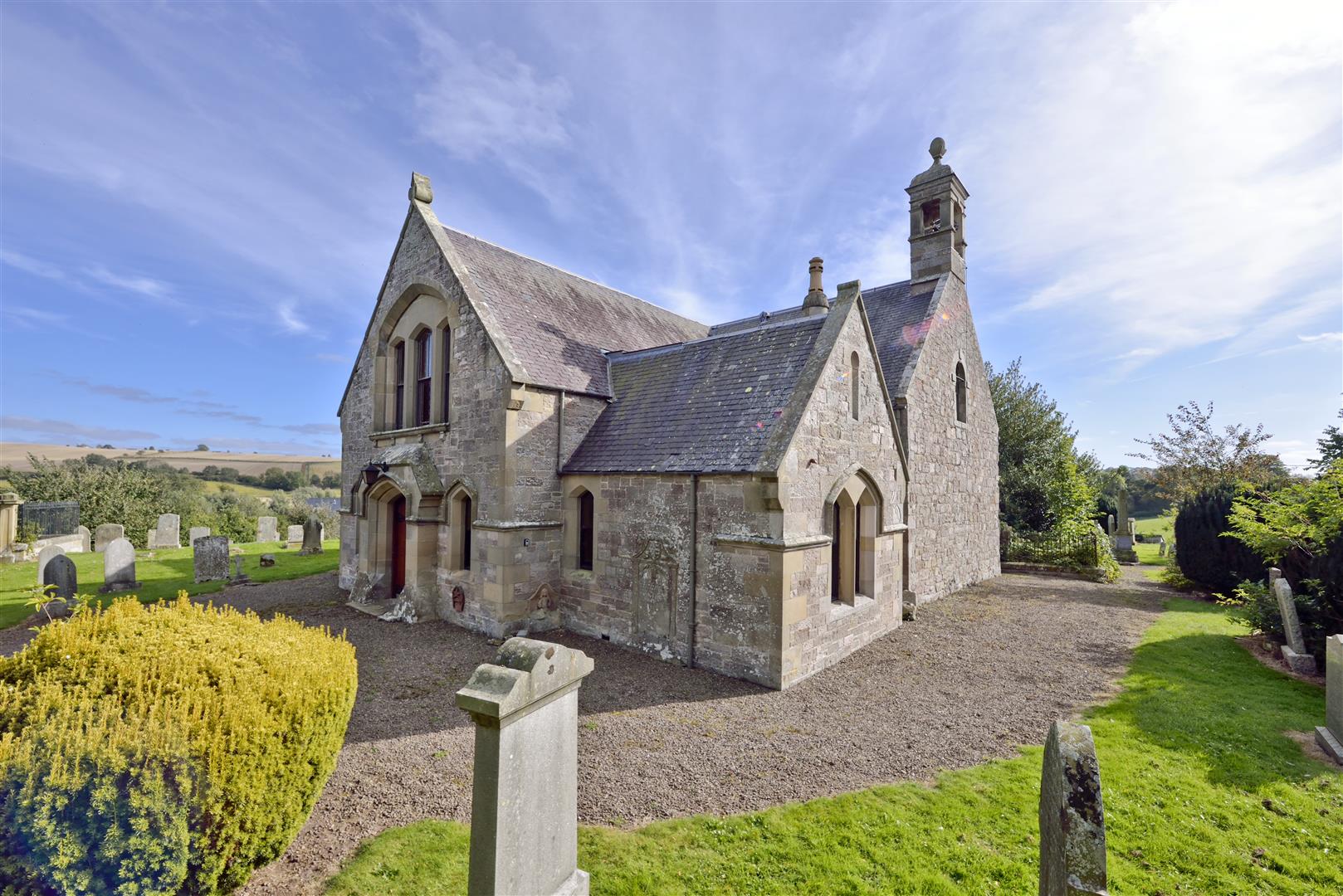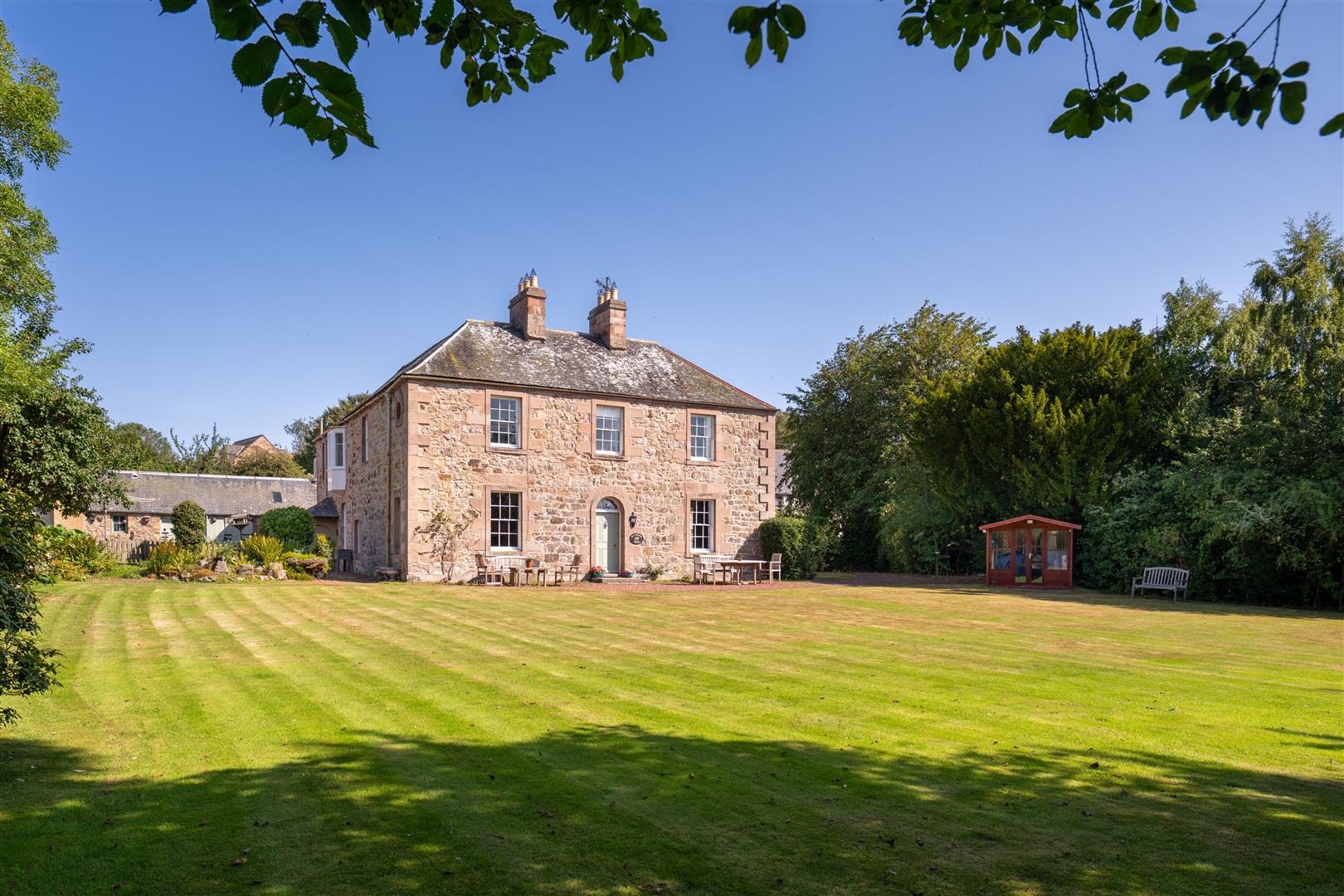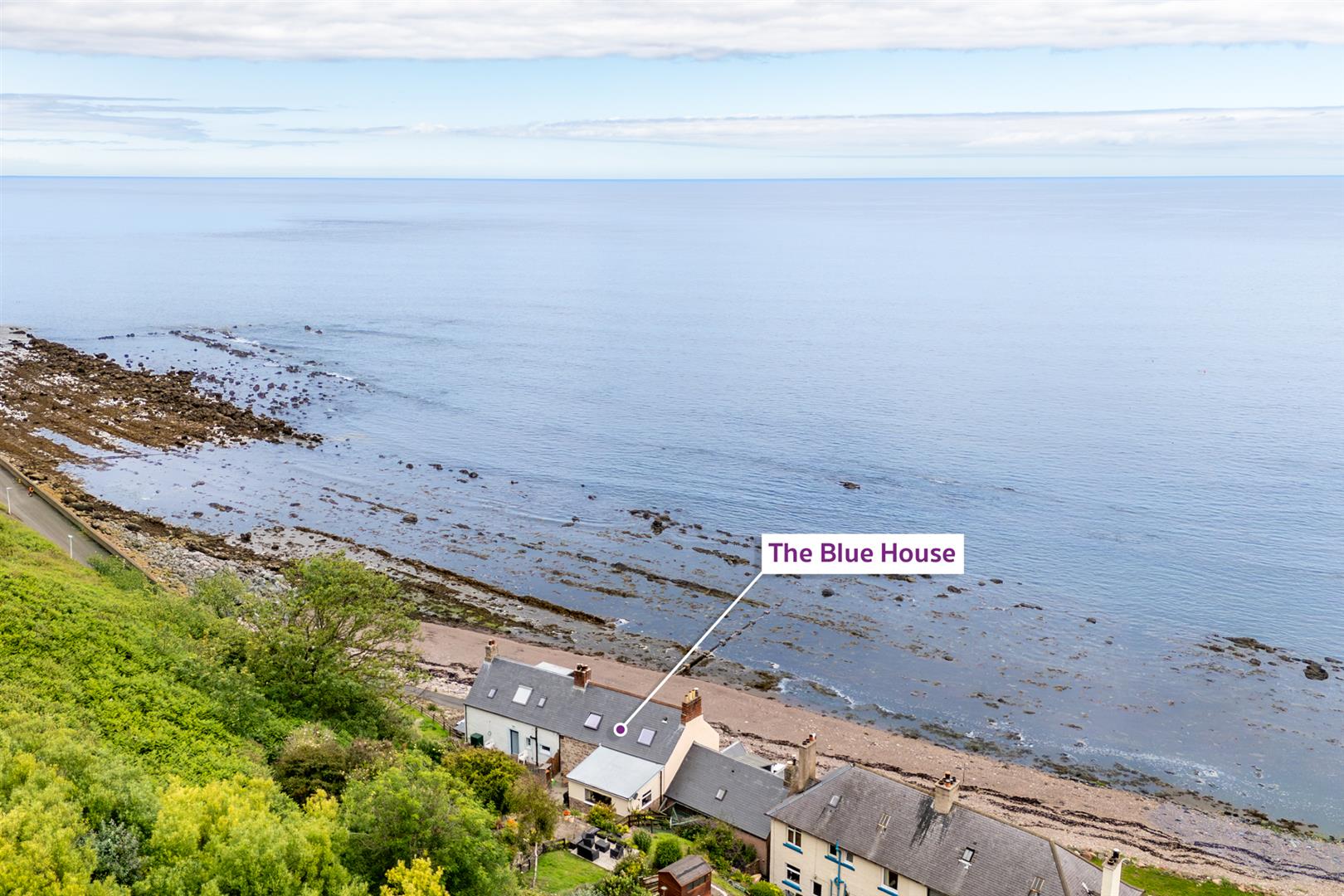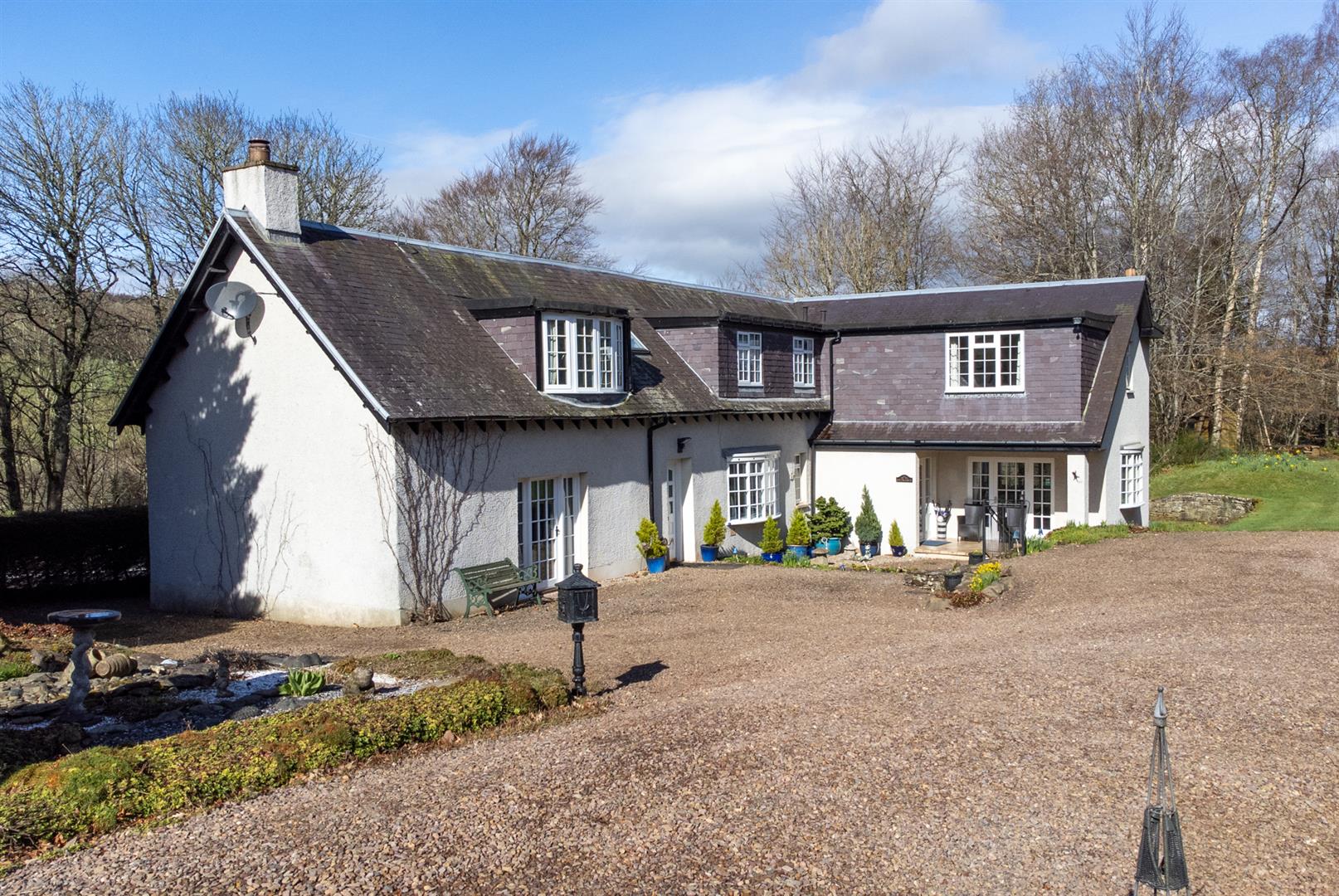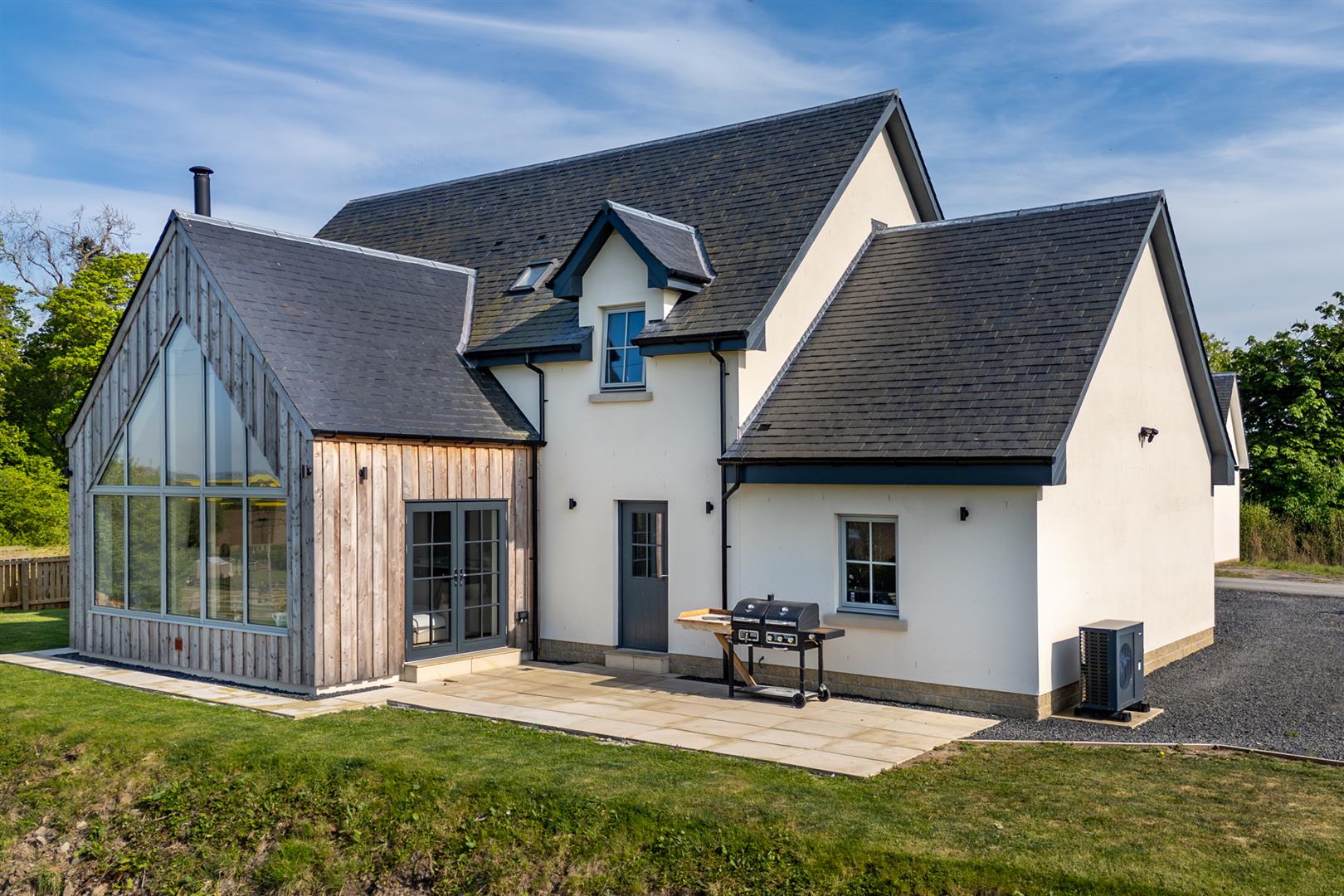With the Berwickshire News recently reporting a legal dispute over the alleged removal of valuable fixtures from Ayton Castle, it’s a timely reminder to clarify what is — and isn’t — included when you buy a home in Scotland.
Read article here. https://www.scottishlegal.com/articles/outer-house-allows-proofbefore-answer-in-berwickshire-castle-sale-dispute
Our Director Ricky Hope takes a look at the standard legal position, the quirks he’s encountered over the years, and what buyers and sellers alike should expect.
Can a Seller Really Take the Front Door?
Surprisingly, yes — it’s happened. Over the years, we’ve seen plenty of unusual things removed from properties just before handover. The front door was one of the more ambitious examples.
And then there’s the opposite problem: sellers forgetting to take things they should. Our all-time winner? A client who accidentally left their dog behind in the garden. Thankfully, both dog and new owner coped admirably.
What Does the Law Say?
In most property sales in Scotland, the Scottish Standard Clauses (Edition 4) are used. These form the backbone of your contract and include specific guidance about fixtures, fittings, and contents.
Unlike in England, Scottish sales don’t typically include a detailed inventory. Instead, Clause 1 of the Standard Clauses sets out what’s included — and what needs to go.
What’s Typically Included?
A good rule of thumb: If you’d need a screwdriver to remove it, it should probably stay.
Here are some of the key items usually included in the sale price:
- Curtain poles (yes), but not • the curtains themselves
- Blinds — especially as they’re often made-to-measure
- Fitted carpets and floor coverings (but not loose rugs)
- Integrated kitchen appliances like built-in ovens or dishwashers
- Bathroom fittings, fitted wardrobes, fixed mirrors, and shelving
- Fireplace surrounds, fitted grates, and similar fixtures
- Wall-mounted TV brackets (but not the TV)
- Smart heating controls, electric car chargers, and fixed light fittings
If something is freestanding, like a standalone washing machine or fridge, the seller is usually expected to remove it — unless specifically agreed otherwise.
What Happens if Items Are Removed (or Left Behind) Improperly?
If a seller removes something that should have stayed — or leaves behind something they shouldn’t — there may be grounds for a claim for breach of contract.
Clause 1 also requires sellers to confirm they own everything included in the sale and that it’s not under finance or subject to legal proceedings.
So What About Ayton Castle?
Would a marble fireplace count as a fixture that should remain with the property? In most cases, yes — removing it would cause material damage, which is a key legal test under Clause 1. But as with all things, it depends on the terms of the contract.
If the parties opted out of the Scottish Standard Clauses or agreed something different in writing, the Court of Session will now need to decide.
Final Thought: Talk Before You Take
Whether you’re buying or selling, clarity is key. If there’s something unusual you want to take or leave behind — from chandeliers to chicken coops — make sure it’s agreed in writing before the missives are concluded.
Got a question about fixtures and fittings, or something specific in your sale?
Talk to our Property Team — we’re happy to help.

